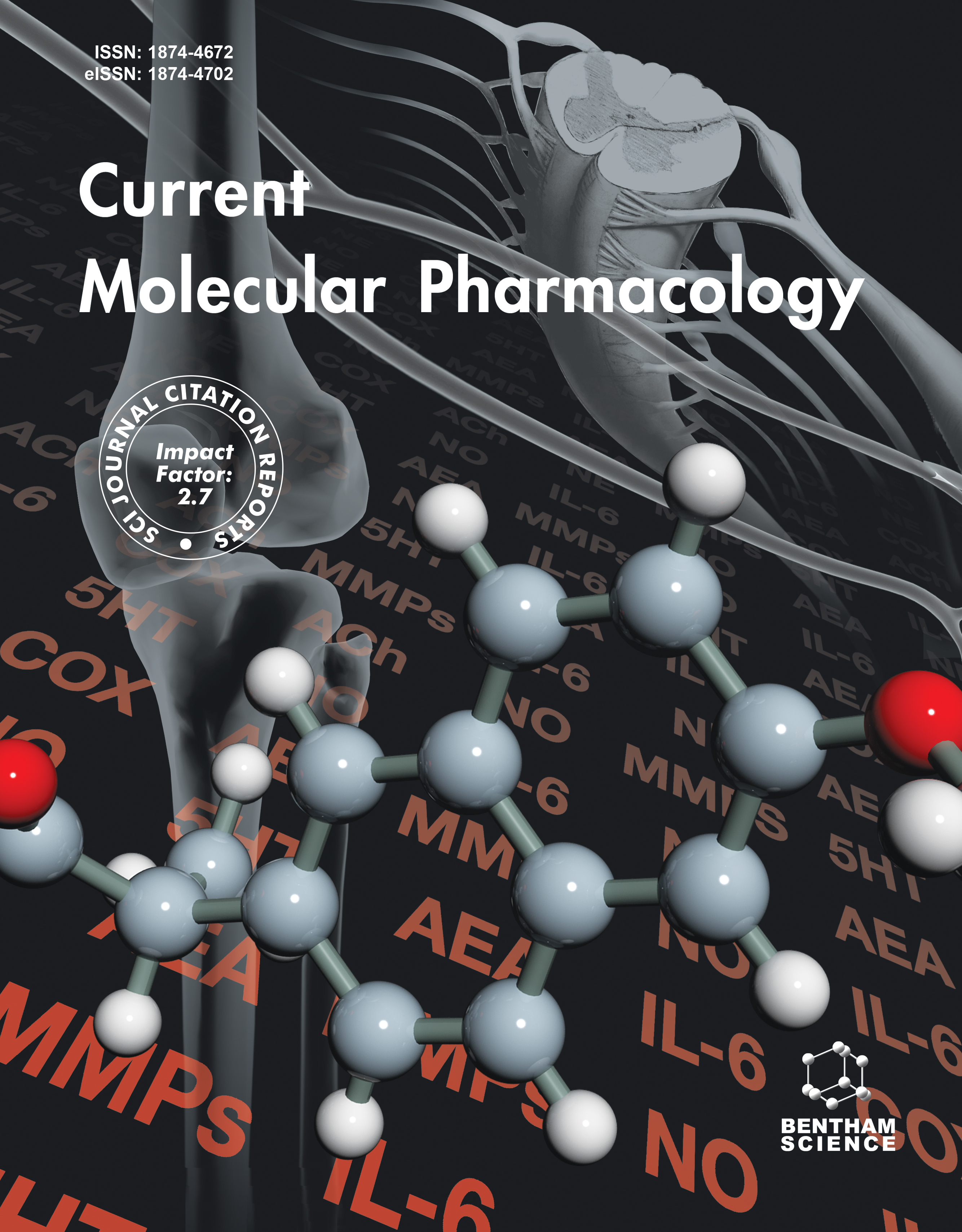-
oa A Network Medical Framework based on Inflammatory Genes to Identify Drug Candidates for Abdominal Aortic Aneurysms
- Source: Current Molecular Pharmacology, Volume 17, Issue 1, Jan 2024, CMP-17-E170523216998
-
- 28 Feb 2023
- 05 May 2023
- 06 Jun 2023
Abstract
Clinically, abdominal aortic aneurysms (AAA) can be treated with surgical intervention, but there is currently no effective drug for the disease.
This study analyzed the biomedical data of single-cell RNA sequencing (scRNA-seq), RNA-seq and the network medical data of drug-target interaction as well as protein-protein interaction to identify key targets and potential drug compounds of AAA.
Firstly, we identified 10 types of cells from AAA and nonaneurysmal control samples and screened monocyte, mast cell, smooth muscle cell and 327 genes showing significant differences between non-dilated PVATs and dilated PVATs. To further explore the association of three types of cells in AAA, we screened the common DEGs associated with the three types of cells and then identified 10 potential therapeutic targets for AAA. SLC2A3 and IER3 were the key targets that were the most closely related to immune score and significantly related to inflammatory pathways. We then designed a network-based proximity measure to identify potential drugs targeting SLC2A3. Finally, with computer simulation, we found that the compound with the highest affinity to SLC2A3 protein was DB08213, which was embedded into the SLC2A3 protein cavity and formed close contact with various amino acid residues, and was stable during the 100-ns MD simulation.
This study provided a computational framework for drug design and development. It revealed key targets and potential therapeutic drug compounds for AAA, which might contribute to the drug development for AAA.


